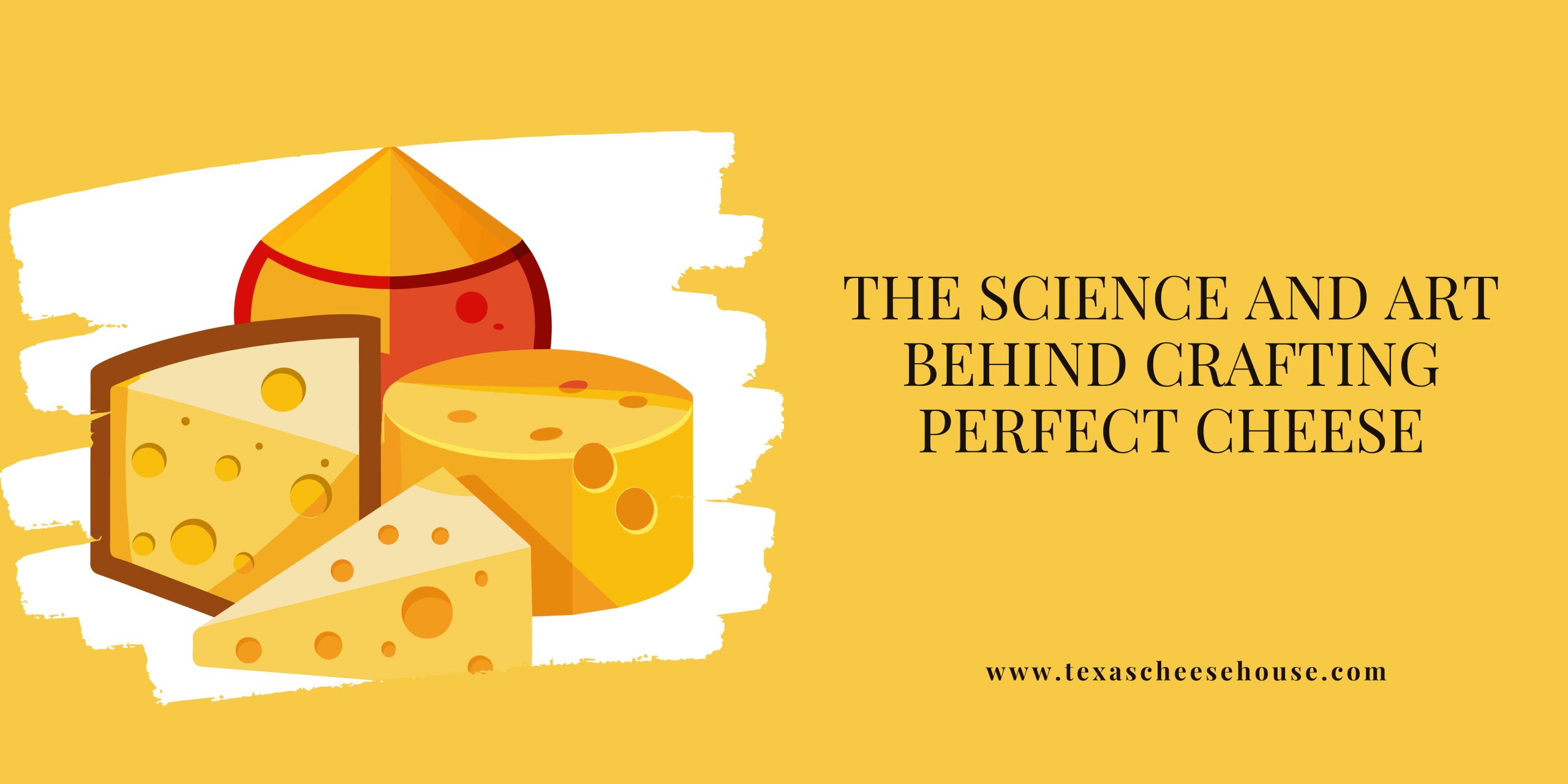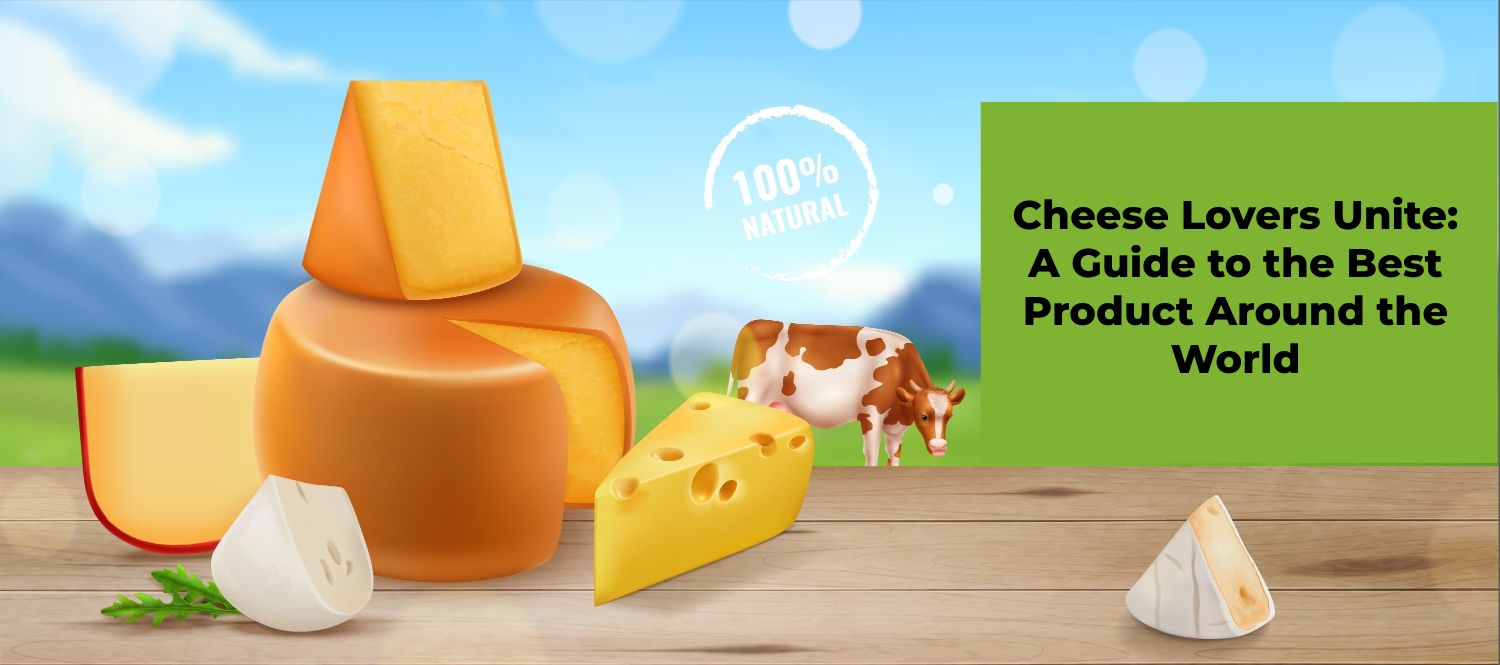In several cultures, cheese is ever beloved and one of the oldest food products. Its taste has charmed many for centuries. A careful combination of science and art is involved in making; it involves understanding the biochemical reactions that change milk into cheese and the craftsmanship that endows each type with its distinctive character.
The Role of Milk: The Foundation of Cheese
Without a doubt, its quality makes or breaks the final product. It has distinctive flavors and textures due to the fact that there are various kinds of milk used. For example, when you add cream to your milk, it blocks the transmission of lactose across the membranes, leading to high-fat products, such as cream cheese. The composition of milk would also include fat percentage, protein levels, and levels of lactose, which affect what kind of cheese is created out of it.
These producers must take heed while picking out raw milk because it often gets tested just to confirm that it has the correct amount of fat and proteins. Likewise, the flavor depends on its freshness as well as the diet of the animals.
The Art of Fermentation: Turning Milk into Curds
The first step to making cheese starts with the addition of starter cultures into the milk. The starter cultures are special strains of bacteria that can change lactose, a natural sugar in milk, into lactic acid. This is important because it reduces pH and promotes curdling in the milk.
During its acidification, milk eventually reaches the point where its protein casein starts to coagulate, resulting in a gel-like substance referred to as curds. After that, the curds are diced into tiny fragments so that they can be squeezed out of them (the liquid part of milk). Furthermore, the size of these curds and how deep they are cut into pieces affects the texture of the end cheese; larger curds make softer cheeses such as Camembert, while smaller ones result in harder varieties like Cheddar.
Rennet: The Enzyme That Shapes Cheese
In production, rennet is composed of a number of complicated groups of enzymes that are very important. In the past, rennet has been obtained from the stomach lining of young ruminants; it helps to make the milk proteins clot more firmly, changing the curds into one solid block.
These days, non-animal options such as vegetarianism or microbial rennet are commonly used in the preparation of various types that meet people’s diverse dietary choices. Additionally, the texture and firmness of the cheese depend on how much rennet is used, when it is added to the temperature, and the duration it takes before any action happens.
Aging and Ripening: The Art of Developing Flavor
When cheese curds have been pressed and formed into wheels or blocks, they go through the process of maturation, which lasts between a couple of weeks and many years. There are several intricate biochemical transformations happening in the product that produce alterations in its texture and flavor over time.
The setting where it is matured—temperature, moisture, and air quality—has a great impact on its growth. Soft cheeses like brie are aged for a limited period in areas with high humidity, obtaining a smooth texture and an exterior of white bloom. However, hard varieties such as Parmigiano Reggiano can stay for years under specific conditions during which they grab a strong taste and grainy feel.
The Role of Mold and Bacteria: Adding Complexity
Mold and bacteria are not mere products of cheese-making but are necessary for the flavors and personalities of many slices of cheese. For instance, blue cheeses such as Roquefort and Gorgonzola owe their distinctive blue streaks to the Penicillium mold introduced during production. It is easy to see how this fungus grows so well in cheese, creating flavors that sometimes seem incredibly strong.
Similarly, the distinctive white rinds of surface-ripened products, such as Camembert and Brie are formed by specific strains of bacteria and mold that are allowed to thrive on their surfaces. The creamy texture and extraordinary tastes associated with these types of cheese are attributed to these microbes, which degrade proteins and fats within them.
For proper regulation of such funguses and microbes, it is paramount to know about these two disciplines extensively to keep their propagation under close supervision to ensure this product has all its attributes developed.
The Last Words:
Milk has to be broken down into curdles utilizing chemical processes with enzymes and micro-organisms influencing its taste. Furthermore, cheese aging plays a significant part. Therefore, all these factors come together to produce that ideal product.
Forever, the most common and flexible thing that still fascinates and delights fans from all over the world is cheese, regardless of whether taken alone or accompanied by other foods or presented as a culinary masterpiece.


